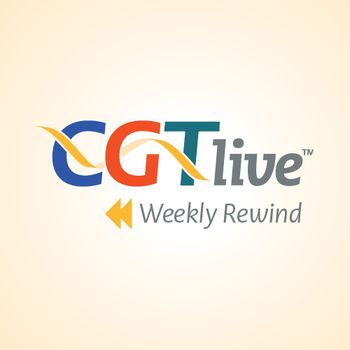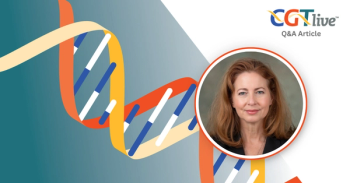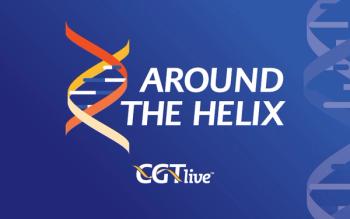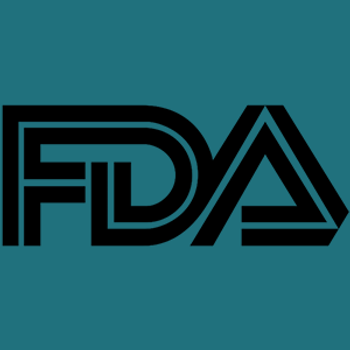
Kristina Jordahl, PhD, on Arlo-Cel's Potential to Destroy Multiple Myeloma Cells While Preserving Immune Function
The principal scientist at Bristol Myers Squibb discussed a biomarker analysis she presented at ASCO's 2025 meeting.
Bristol Myers Squibb's GPRC5D-targeted chimeric antigen receptor (CAR) T-cell therapy arlocabtagene autoleucel (arlo-cel) is currently being evaluated for the treatment of multiple myeloma (MM) in a phase 2 clinical trial (QUINTESSENTIAL; NCT06297226) and in a phase 1 clinical trial (NCT04674813). A biomarker analysis of data from the phase 1 trial, comparing it to data from the phase 2 KarMMa clinical trial (NCT03361748) evaluating BCMA-directed CAR-T idecabtagene vicleucel (ide-cel) for the treatment of MM, was presented at
In an interview with CGTLive®, Kristina Jordahl, PhD, a principal scientist at Bristol Myers Squibb who presented the data at ASCO, discussed the results and their implications. She noted that the data indicates that the GPRC5D-targeted CAR-T may be better able to spare normal plasma cells while maintaining a similar or better efficacy to ide-cel at destroying MM cells.
CGTLive: Can you give some background context about your presentation?
Kristina Jordahl, PhD: This work builds on evidence that GPRC5D has minimal expression on normal plasma cells, despite strong expression on MM cells. Prior research has also described greater depletion of mature B-cells and normal plasma cells from BCMA-targeted as compared to GPRC5D-targeted T-cell engager therapy.
What are some of the key data points you are presenting?
After arlo-cel treatment, we observed that the uninvolved free light chain (FLC) does not clear to the limit of detection in 33% of patients and, when cleared, arlo-cel had a median time to return of 3.3 months with circulating levels that are significantly higher at months 4 and 5. This possible preservation of normal plasma cell function with similar or better targeting of MM cells suggests that arlo-cel has the potential for lower burden of infections while also reducing use of infection-related interventions.
How would you summarize the big-picture implications that doctors and the broader healthcare community should take away from this new data?
We characterized an observation that FLC profiles from patients treated with arlo-cel are distinct from those from patients treated with BCMA-targeting CAR-T. The results are presented as biomarker-based evidence of higher levels of normal plasma cells with a GPRC5D target as compared to a BCMA target. If clinical evidence continues to support greater antitumor specificity and preservation of humoral immunity, arlo-cel may have the potential to achieve lower rates of hypogammaglobulinemia and infections compared to BCMA-targeting therapies, with fewer interventions.
What are the next steps for this research?
We look forward to continuing to monitor the observation that targeting GPRC5D with CAR-T results in preservation of the humoral immune system in ongoing phase 2 and phase 3 clinical trials. Possible next steps also include additional data to support the preservation of the humoral immune system, including direct measurement of the B-cell and normal plasma cell levels after treatment.
Is there anything else you want to share with our audience?
Arlo-cel is a GPRC5D-targeted CAR T-cell therapy with impressive efficacy and a manageable safety profile. Advantages to targeting the GPRC5D antigen with CAR-T in MM may include lower severity of on-target off-tumor toxicity and sparing of the humoral immune system.
This transcript has been edited for clarity.
REFERENCE
1. Jordahl K. New biomarker analysis following treatment with BMS investigational novel cell therapy targeting GPRC5D, arlocabtagene autoleucel (arlo-cel), in patients who have received at least 3 lines of prior therapy. Presented at the 2025 ASCO Annual Meeting, held May 30 to June 3, in Chicago, Illinois. Abstract #7530
Newsletter
Stay at the forefront of cutting-edge science with CGT—your direct line to expert insights, breakthrough data, and real-time coverage of the latest advancements in cell and gene therapy.


















































